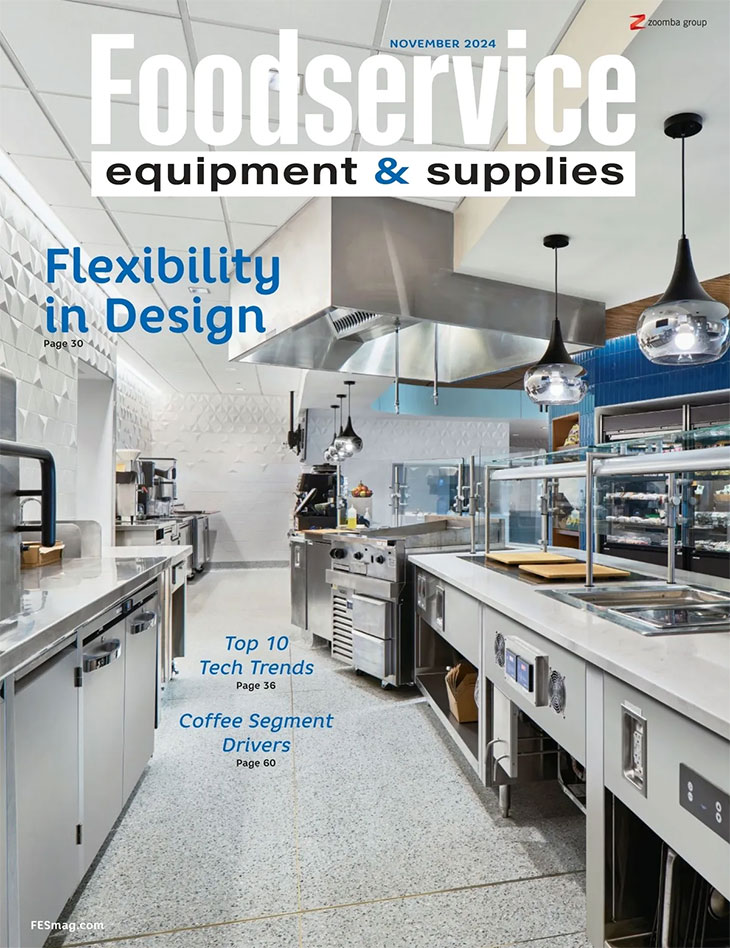Reach-in refrigerators have become standard in the fast-casual and quick-service segments for grab-and-go items.
As a result, this equipment serves as not just as a storage vehicle but also as a marketing tool and profit center. For this reason, the items stocked in the reach-in should be relevant and complement core menu items served at the counter. These include beverages, dessert items, grab-and-go sandwiches and salads, and impulse items, which add to ticket averages and spending.
In terms of construction, higher-end reach-ins are typically stainless steel both inside and out. The exterior top, bottom and back will generally be a different type of metal, like galvanized steel. White aluminum interiors on some models are more durable as this type resists rust, corrosion, scratches and odors.
Mechanical requirements of the equipment, such as the compressor location, electric and power, and overall dimensions to fit the space, should also be considered when purchasing. This will ascertain that all installation requirements can be met.
While all reach-ins cool using a compressor, evaporator coil and evaporator fans, metering devices may vary. Some units have a capillary tube that carries refrigerant and others use an expansion valve flow device that offers faster temperature recovery.
Efficient stocking capabilities are dependent on logistics, so it’s key to decide whether a front- or back-loaded unit works best. This not only depends on the back-of-house flow but also whether there is a takeout and/or delivery service available.
Space constraints and whether the unit will be incorporated into existing cabinetry or fixtures represent other key purchasing considerations with these units. Glass doors become important if the operator will use the reach-in for merchandising product. Operations with small footprints may be better served by 180-degree doors, which facilitate easier loading of pans and trays.
For enhanced energy efficiency, reach-ins with 3 inches of insulation operate on less horsepower, which saves operators money over time. Units with half-doors are recommended for hot environments since this design provides less space for cold air to escape. In addition, the unit’s temperature maintenance and recovery time should be considered.
Because reach-in replacement is costly, operators should look for models with comprehensive warranties. Easier maintenance will be achieved with units that have gaskets that don’t need tools to replace. Features such as microprocessors help minimize service costs.
Also consider configuration and storage needs when purchasing a reach-in unit. Verify whether the application calls for a top- or bottom-mounted condenser. Use and an operation’s needs will determine the proper shelving kit, including racks, pan guides and universal tray slides.
For reach-ins that will remain stationary, legs can be installed on units in lieu of casters.











